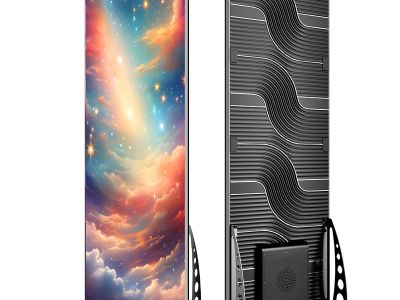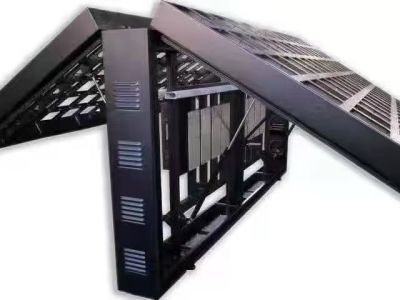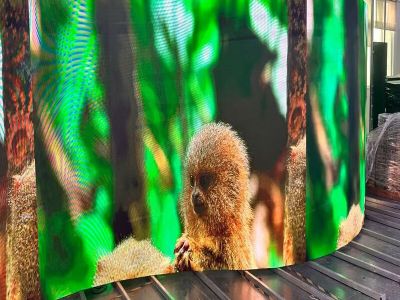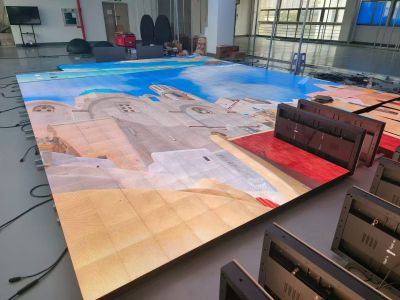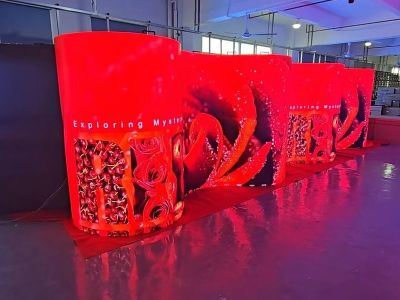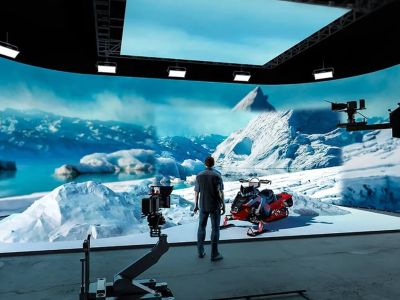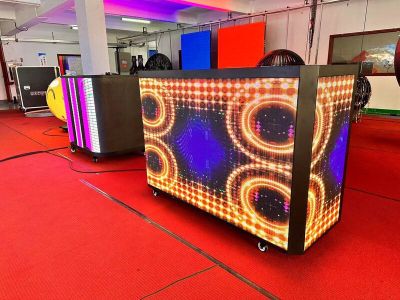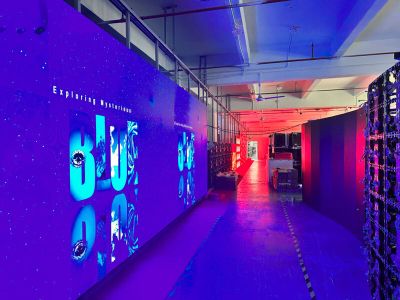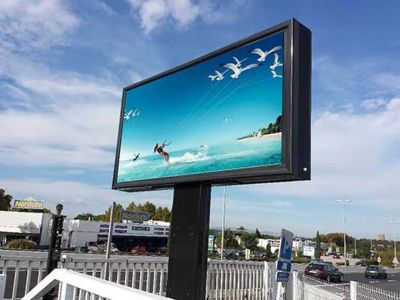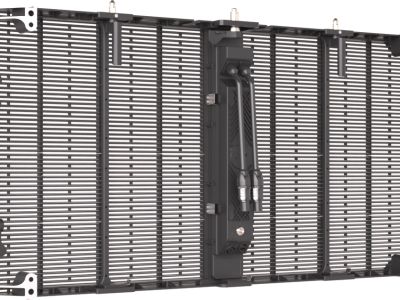Why Stadium Perimeter LED Displays Are a Game-Changer: Features, Benefits, and Top Product Picks
Why Stadium LED Screens Are a Game-Changer for Modern Sports Venues
As sports entertainment continues to grow in popularity and production value, the role of visual display technology has become more important than ever. Among the most transformative innovations in this space is the stadium LED screen—a high-performance solution designed to enhance viewer experience, deliver real-time information, and provide high-impact advertising. Whether it’s a football match, athletics event, or outdoor concert, perimeter LED displays and sports LED video walls have become indispensable components of any modern stadium.
What Makes a Stadium LED Screen Stand Out?
Unlike traditional display systems, stadium LED screens are purpose-built to perform in high-intensity environments. They are engineered for outdoor visibility, structural durability, and flexible configuration—delivering vibrant, high-resolution visuals regardless of the venue’s size or location.
Here are some of the key advantages that make these screens so valuable:
1. Unmatched Visibility and Clarity
Whether it's a sunny afternoon or a rainy evening, a well-designed stadium LED screen maintains clear visibility. Thanks to high brightness levels (often exceeding 6,000 nits for outdoor models), they cut through ambient light with ease. The pixel pitch—ranging from P2.5mm for ultra-clear displays to P10mm for long-distance viewing—can be selected based on the screen size and audience distance.
Combined with automatic brightness adjustment via built-in light sensors, these screens ensure optimal performance across all weather and lighting conditions.
2. Modular Customization to Fit Any Venue
Modern sports LED video walls are modular, allowing operators to customize both size and resolution. Cabinets made from steel, aluminum, or die-casting magnesium alloy can be configured into various dimensions, such as 960x960mm, 1280x960mm, or 960x1280mm—depending on stadium size and requirements.
OEM options allow for tailored configurations. Whether you need internal cable routing, built-in light sensors, or quick-lock systems for easy setup, the modular design meets both technical and aesthetic demands.
3. Flexible Mounting and Angle Adjustment
Perimeter LED displays are commonly installed along the edges of a stadium pitch, ideal for advertising, branding, or game highlights. These displays often include adjustable brackets that allow the angle to be set anywhere from 65° to 90°, optimizing the viewing experience for spectators in every part of the stadium.
For example, the popular 900x1600mm model for P6.67, P8, and P10 outdoor use includes a built-in angle adjustment feature. This flexibility ensures optimal viewing from various angles and seat levels.
4. High-Impact Advertising and Sponsorship
One of the most lucrative applications of perimeter LED displays is dynamic advertising. Unlike static banners, LED displays can rotate sponsor messages, promotions, and highlight reels in real time. This not only increases ad inventory but also improves engagement with vibrant, motion-based content.
For event organizers and club managers, it offers a significant boost in sponsorship value and advertising revenue—especially during high-profile games.
5. Humanized Safety Design
Safety is crucial in environments where athletes perform at high speeds. Stadium LED screens used on the perimeter are often built with a soft mask on the front to protect players from injury in case of impact. Additionally, soft pads on top of the display units prevent harm during accidental collisions.
This human-centered design ensures player safety while maintaining uninterrupted screen performance, making them an ideal choice for professional and amateur stadiums alike.
6. Durable Build for Harsh Environments
Outdoor stadiums require displays that can withstand sun, rain, snow, temperature shifts, and even strong winds. Most stadium LED screens offer at least IP65-level protection, meaning they’re dust-tight and waterproof. Built with corrosion-resistant materials and robust housing, these screens deliver long-term stability even under extreme environmental conditions.
7. Energy Efficiency and Environmental Sustainability
As energy costs rise and sustainability becomes a global concern, stadium operators are looking for more efficient solutions. Many sports LED video walls come equipped with energy-saving features, including automatic brightness adjustment and low-power consumption modules. Not only do these reduce operational costs, but they also align with green building standards and sustainable event management practices.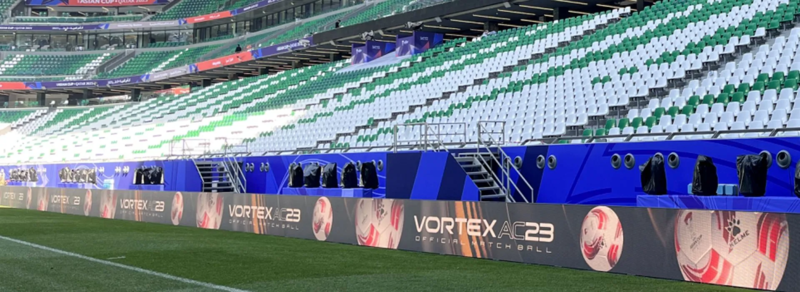
Top Stadium LED Screen Configurations
When choosing a stadium LED screen, it’s important to match the product to the scale and purpose of your venue. Here are some popular setups:
960x960mm: Ideal for small to mid-sized stadiums. Square format is perfect for compact installations and provides excellent resolution for text and images.

960x1280mm: Rectangular format suited for larger venues. Excellent for displaying dynamic advertisements, live scores, and player stats.
900x1600mm: A premium option for outdoor events using P6.67, P8, or P10 modules. Offers enhanced height for greater visual presence and includes adjustable brackets.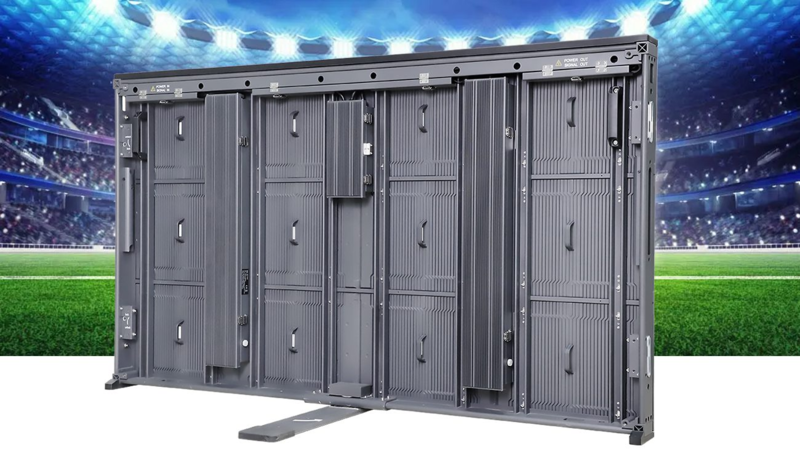
Each configuration can be adapted for quick installation, with die-casting aluminum or magnesium alloy reducing cabinet weight to around 30kg per unit—significantly lighter than steel alternatives, which can weigh up to 60kg/㎡.
Conclusion
Stadium LED screens have redefined the spectator experience, transforming sports venues into immersive, interactive environments. With superior brightness, durability, and customizable design, they offer unmatched value for stadium owners, sponsors, and fans alike.
From perimeter LED displays that deliver dynamic advertising to sports LED video walls that capture every exciting moment, these screens are not just a visual upgrade—they’re a smart investment in engagement, safety, and revenue generation.
If you're looking to elevate your stadium’s capabilities, a high-quality LED display system is no longer optional—it’s essential.
FAQs
Q1: What is the ideal pixel pitch for a stadium LED screen?
For outdoor stadiums, pixel pitches between P6.67 to P10 are most common, balancing resolution with viewing distance. For indoor or closer viewing, P2.5–P5 is recommended.
Q2: Can I customize the size of the perimeter LED display?
Yes, cabinets can be OEM customized based on your module size and screen layout needs, including cable routing, bracket design, and sensor integration.
Q3: How weather-resistant are outdoor sports LED video walls?
Most offer IP65-rated protection, making them suitable for all-weather use, including heavy rain, heat, snow, and UV exposure.
Q4: Are LED stadium screens energy-efficient?
Yes. With light sensors and smart brightness controls, these screens adjust to ambient lighting and game content, saving energy while optimizing visuals.
Q5: What screen size works best for advertising in large stadiums?
Rectangular sizes like 960x1280mm or 900x1600mm offer excellent vertical space for ads, sponsor logos, and real-time match data, making them ideal for larger venues.


